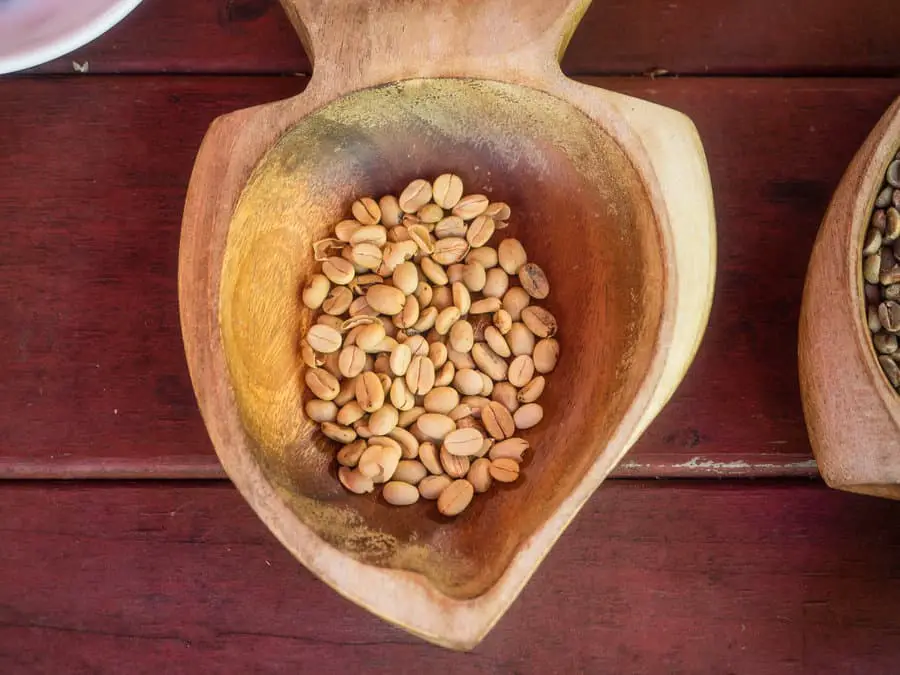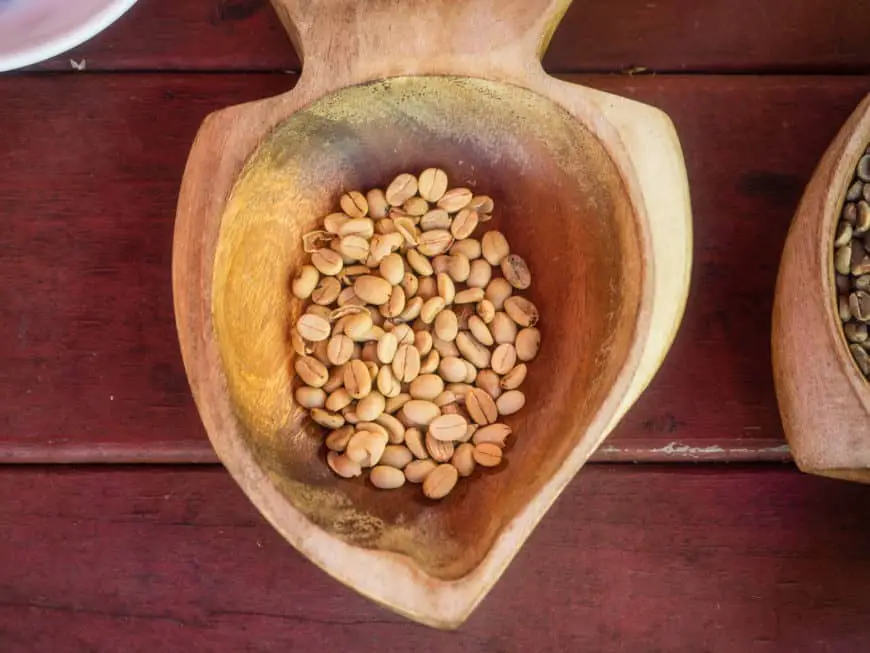
Kona coffee is a dream brew for coffee lovers, celebrated for its smooth, rich flavor and top-notch quality. Grown on the slopes of Mauna Loa volcano in Hawaii, it’s a rare gem that comes with a steep price. This guide dives into why Kona coffee is so expensive, from labor to logistics, in a clear, no-nonsense way. Let’s unpack the factors that make Kona a luxury worth savoring.
What Makes Kona Coffee Special?
Kona coffee grows in the Kona Belt, a small strip on Hawaii’s Big Island where volcanic soil, ideal climate, and careful farming create beans with a standout taste—bright acidity, smooth body, and hints of fruit or chocolate. The region’s unique terroir, with elevations of 800-2,500 feet, steady rainfall, and shade from tropical clouds, is perfect for coffee. Strict regulations and traditional methods elevate Kona to a premium product, driving up costs at every stage.
Why Is Kona Coffee So Expensive?
Four key factors explain Kona’s high price: labor-intensive cultivation, transportation challenges, scarcity, and rigorous grading.
1. Labor-Intensive Cultivation
Labor is a huge cost driver. Kona coffee is grown in Hawaii, a U.S. state with high wages and strict labor laws, unlike many coffee-producing countries with lower costs. A single coffee tree yields 10-20 pounds of cherries, resulting in 1-2 pounds of green beans, which shrink to about 0.8-1.6 pounds after roasting. This low yield means farmers need thousands of trees for significant output.
Kona beans are handpicked because cherries ripen at different times, requiring multiple passes over weeks. Sorting, pulping, drying, and milling demand skilled workers paid U.S. wages (around $15-$20/hour in Hawaii). Wet-processing, where cherries are fermented and washed, adds time and cost but boosts flavor. Small family farms, common in Kona, lack the scale of larger producers, increasing expenses passed to consumers.
2. Transportation Challenges
Getting Kona coffee to market is costly. Grown on the remote slopes of Mauna Loa, beans must travel from rugged terrain to ports via small roads. Hawaii is 2,500 miles from California and over 4,000 miles from Asia, making shipping by sea or air expensive, especially with rising fuel prices and limited Big Island infrastructure. Kona often requires refrigerated shipping to stay fresh, unlike bulk commodity beans. Export fees, customs, and handling further inflate prices, particularly for small-batch roasters.
3. Scarcity and Limited Land
The Kona Belt, a 1-mile-wide, 30-mile-long strip, is the only place where certified Kona coffee can grow, per Hawaii’s strict laws. Kona produces 2-3 million pounds of green beans annually, just 0.01-0.02% of global supply, compared to Brazil’s 5 billion pounds.
The Belt’s 3,500 acres are used efficiently, but steep slopes and rocky soil prevent mechanization, relying on manual labor. Demand outstrips supply, and with no room to expand, prices soar. Climate change—rising temperatures and pests like coffee berry borer—threatens yields, making Kona even rarer.
4. Rigorous Grading and Certification
Kona coffee faces strict quality checks, graded from “Prime” to “Extra Fancy” based on size, shape, and defects. Only top grades (Fancy and Extra Fancy) fetch premium prices, often $30-$60 per pound. Certification ensures beans are 100% Kona, protecting against fraud but adding costs for inspections and compliance.
This process, enforced by the Hawaii Department of Agriculture, maintains Kona’s reputation but requires farms to invest in quality control, driving up costs.
Kona Coffee Blends: A Budget Option?
Kona blends contain as little as 10% Kona beans mixed with cheaper beans from regions like Colombia or Indonesia. Hawaii law requires blends to state the Kona percentage, and non-Kona beans are often lower quality to offset costs.
Pure 100% Kona coffee is the gold standard, costing $20-$60 per pound based on farm, grade, and roast. Blends can dilute Kona’s unique flavor, so check for “100% Kona” on labels and look for farm names or certifications like “Kona Coffee Council” for quality.
Kona’s Place in the Coffee World
Kona’s price reflects its exclusivity and quality, but it’s also a lesson in sustainable farming. Small farms prioritize quality, preserving traditional methods and supporting local communities. Yet, rising costs and climate pressures are pushing some to diversify or sell land, threatening Kona’s future. By choosing 100% Kona, you support farmers and ensure fair compensation.
Here’s how Kona stacks up globally:
| Region | Annual Production (Green Beans) | % of Global Supply | Key Cost Factors |
|---|---|---|---|
| Kona (Hawaii) | 2-3 million pounds | ~0.01-0.02% | Labor, transport, scarcity, grading |
| Brazil | ~5 billion pounds | ~40% | Economies of scale, mechanization |
| Vietnam | ~2 billion pounds | ~15% | Low labor costs, mass production |
Final Thoughts
Kona coffee’s price reflects the care behind every bean, from handpicking on volcanic slopes to rigorous grading. For the real experience, stick to 100% Kona—check labels, research farms, and expect to pay $20-$60 per pound. It’s a splurge, but one cup of its amazing, smooth flavor might just prove it’s worth every penny.

